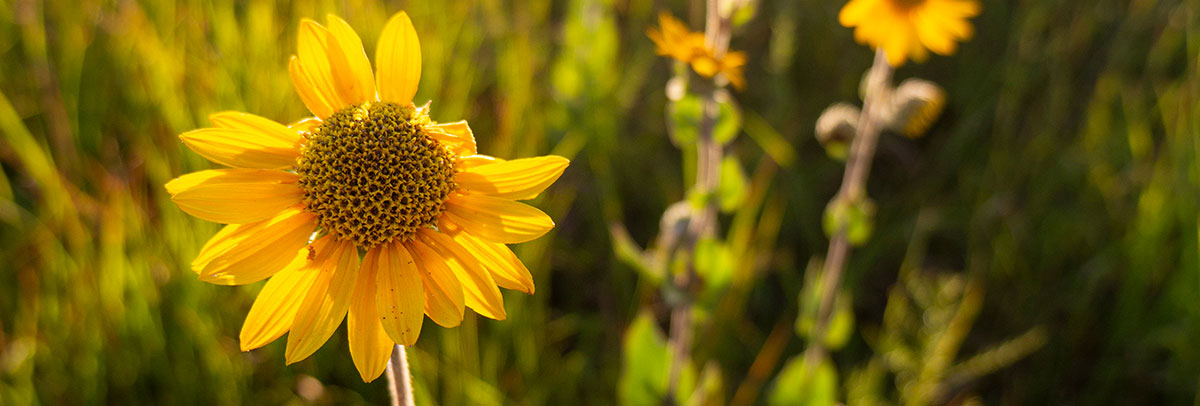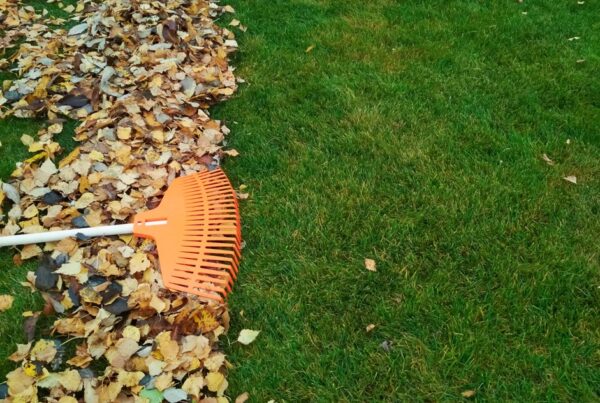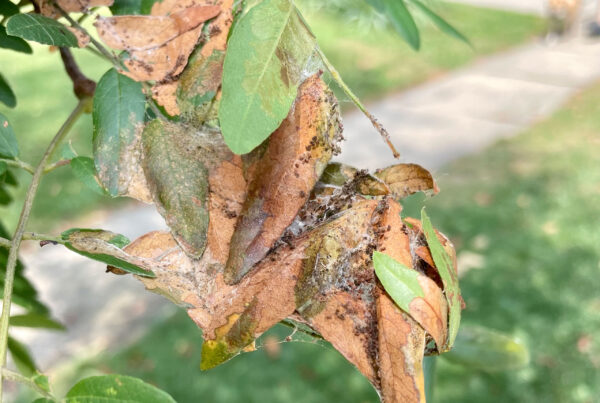
By Ginger Werp. Ginger was a KC WildLands Program Coordinator
In late summer people from all over will be flocking to sunflower fields in both Missouri and Kansas, aka The Sunflower State. These fields are planted with monocultures of annual sunflowers that provide fun outings, beautiful photo backdrops, and are agriculturally important. But did you know we have several native sunflower species that provide us a yellow and green show in our prairies, glades, and woodlands? Native sunflowers are important food sources for wildlife such as bees who depend on their nectar and pollen and birds who eat the seeds. Just like most native plants and their habitats, they provide us with useful ecosystems services like carbon sequestration and stormwater capture.
Asteraceae is sometimes called the sunflower family, so many plants could technically be called sunflowers including asters, daisies, and coneflowers, but true sunflowers are in the genus Helianthus. Helia means sun and anthus means flower.
Right now, you can see our native woodland sunflowers in bloom. H. hirstus, hairy sunflower, is a welcome pop of color in the woods after the spring blooms have faded. They can grow in colonies and are a favorite food for deer. H. strumosus, pale-leaved sunflower, is true to it’s name with lighter leaves and not hairy.
Helianthus pauciflorius, stiff sunflower, is a quintessential prairie plant. It has a reddish stalk and hairy leaves and ends in a single inflorescence. That is unless it has been chomped off by a hungry deer or rodent.
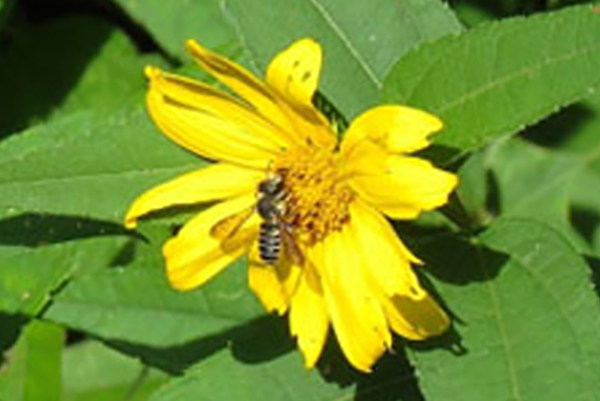
Woodland sunflower with a Megachile fortis, a species of native bee that is a Helianthus specialist. (photo by Tom Schroeder)
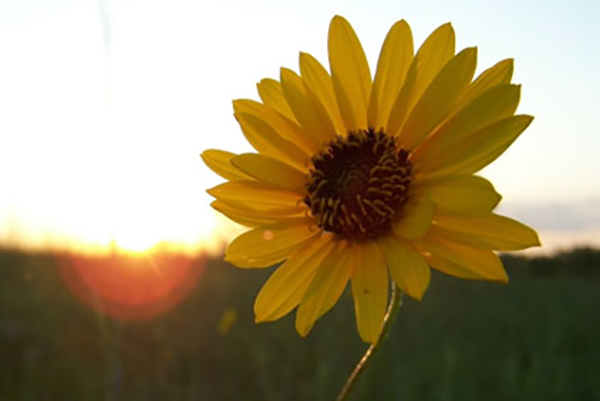
Stiff sunflower (photo by Tom Schroeder)
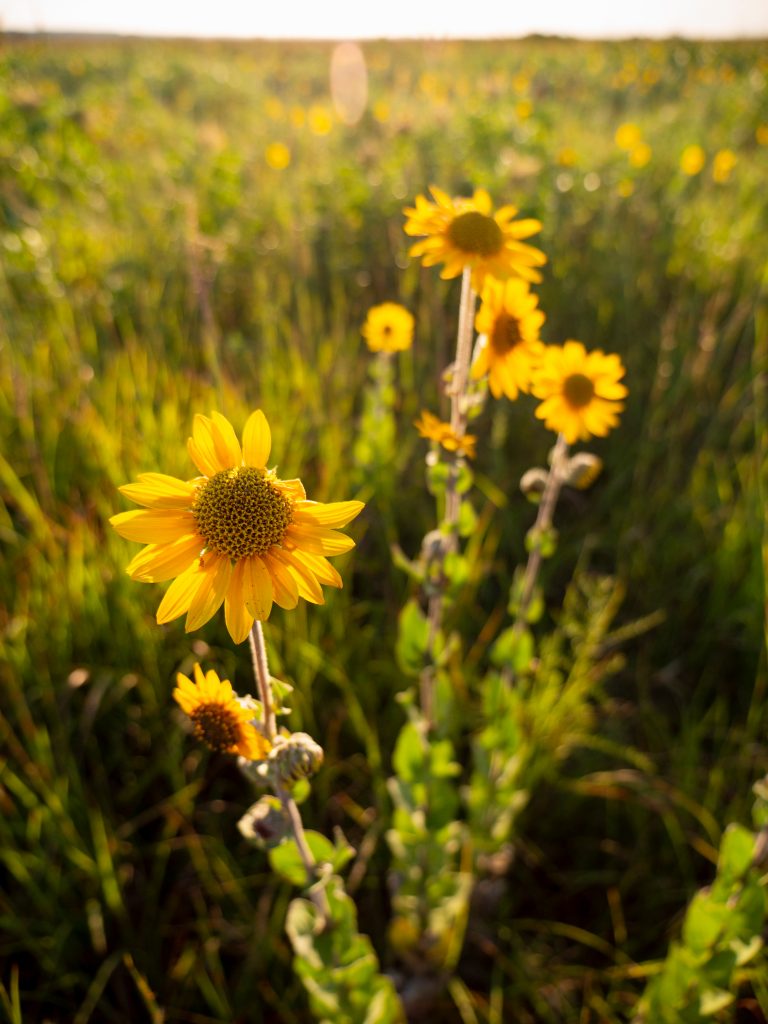
Ashy sunflower
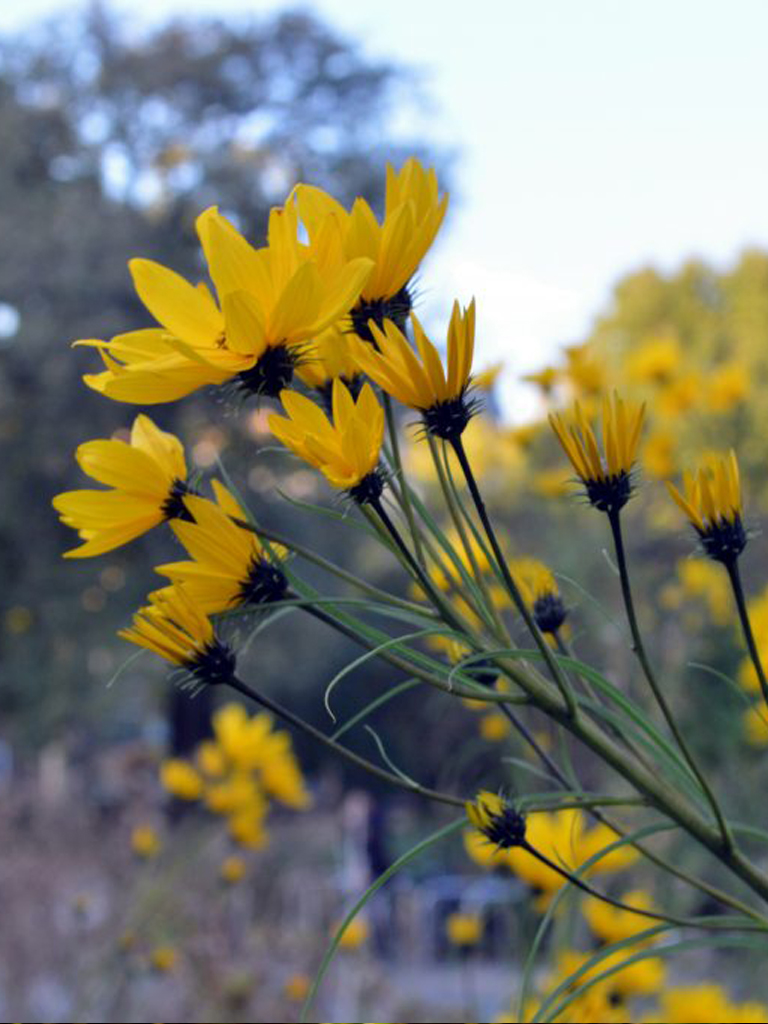
Willow-leaf sunflower
Helianthus mollis, also called ashy or downy sunflower, is true to its name. The rough hairy leaves give the foliage a gray-green color. This is the lowest lying of the sunflowers and usually grow in colonies.
Three native sunflowers tower over the rest, and even our tallgrasses, at 9 to 12 feet in height. H. maximiliani can reach 9 feet and H. grosseserratus, sawtooth sunflower, can reach a whopping 12 feet. It’d be remiss to not mention the striking foliage of H. salicifolius, willow-leaf sunflower. With billowing leaves from ground to tip, this sunflower can grow up to 10 feet. All three have numerous flower heads making their way up to the apex of each stalk.
Honorable mentions:
Heliopsis helianthoides, or ox-eye. It is also called false sunflower because it looks so much like one. It is still in the Asteraceae family. You can catch this one blooming from July to August. It is a much lower lying plant and rarely forms colonies like the other sunflowers.
The Silphiums are similar to sunflowers, also in the Asteracae family, and are categorized in the same tribe as sunflowers, Heliantheae. The main difference is sunflowers produce their seeds in the middle flowers of the inflorescence and Silphiums produce theirs on the outer petals. We have four species native to our area which are compass plant (S. laciniatum), rosinweed (S. intergrifolium), cup plant (S. perfoliatum), and prairie dock (S. terebinthinaceum.) All of them have bright yellow, summer blooms that rise above the native tallgrasses.

Compass plant
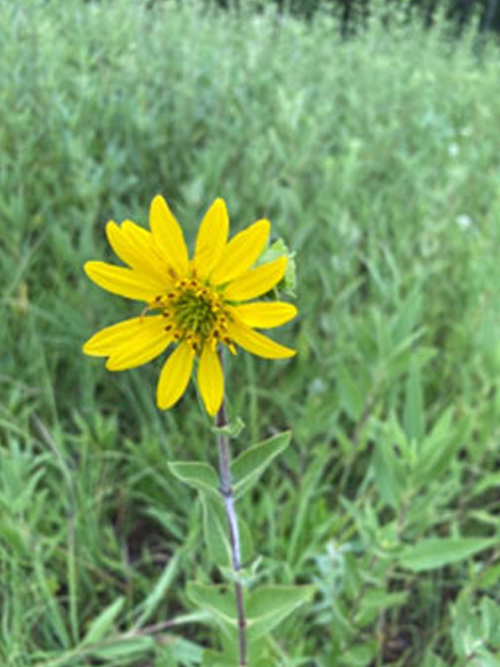
Rosinweed
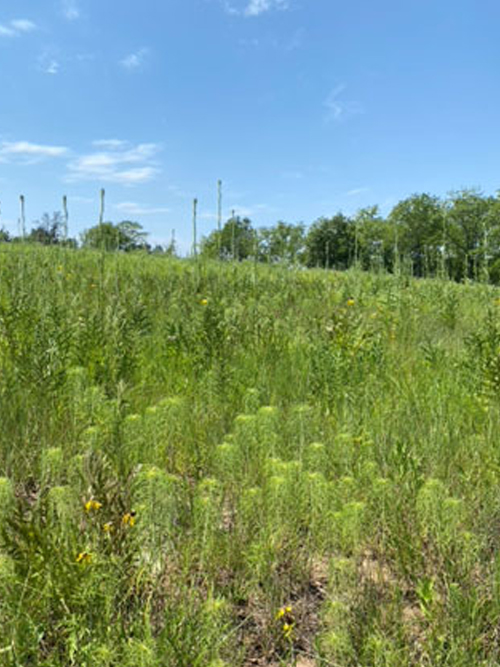
Pictured above right: The subtle textures of tallgrass prairie are just barely noticeable in this picture. Notice the feathery foliage of willow-leaf sunflower and the towering compass plant with their frondlike basal leaves.
Native sunflowers add beauty to these spaces year-round, not just when they are blooming. The matrix of a tallgrass prairie has such fine details that pictures and quick glances are sure to miss. Pictures can never do the prairie justice. Taking a (sustainable) visit is the only way to truly experience the sights and sounds in our native landscapes.
So in addition to your yearly visit to a sunflower field, consider taking a hike to one of our Kansas City WildLands sites to see our native sunflowers in action. Better yet, consider installing a native plant garden in your yard. Grow Native! and Deep Roots have great resources to get you started. You won’t regret it!

